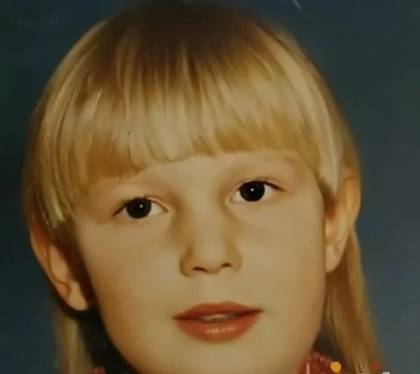English
Cannabis is an extremely complex plant containing more than 400 compounds, more than 100 of which are cannabinoids. The two most widely used of these are, of course, well known – CBD (cannabidiol) and THC (tetrahydrocannabinol). But there are other, little-known but truly unique cases.
One of the many cannabinoids that should not escape your attention is CBG. What’s so interesting about it?
Although CBG is present in low levels in most varieties (less than 1%), it plays a significant role in cannabis plants and offers many benefits.
CBG stands for cannabigerol and is actually classified as the ‘parent cannabinoid’ for both CBD and THC. These would simply not exist without CBG! CBG is the base on which several cannabinoids depend. This is because all cannabinoids originate as CBGA (the acidic, inactive form of CBG). As the cannabis plant matures, CBGA is broken down and converted into CBDA and THCA, the inactive “acidic” forms of CBD and THC. When heated or otherwise ‘decarboxylated‘, the active components are converted to active CBD, THC and CBG.
CBGA is mostly rapidly converted to THCA or CBDA in cannabis plants, meaning that the more THC or CBD present in the final product, the less CBG will be present. The latter is simply converted into other cannabinoids.
Health effects of CBG
CBG is starting to gain popularity and more and more cannabis users are realising its potential. The research to date on the effects of CBG is promising and points to potentially significant medical uses:
- CBG is believed to be beneficial in the treatment of vision problems such as glaucoma because it can reduce intraocular fluid pressure.
- CBG is considered a powerful vasodilator, a drug that can dilate blood vessels, which means it allows blood to flow more freely and easily.
- CBG also has neuroprotective effects, and in a 2015 study, it was shown to protect neurons in mice with Huntington’s disease.
- Animal experiments have found CBG to be effective in reducing inflammation in intestinal diseases
- In studies, CBG has been shown to block receptors that cause cancer cell growth and also inhibit the growth of cancer cells associated with colon cancer
- European research has provided evidence that CBG acts as an effective antibacterial agent, particularly against MRSA (a bacteria resistant to several types of modern drugs).
In the shadow of CBD
As with CBD, non-psychoactive CBG is thought to have many more effects than have been discovered so far. So how is it that cannabigerol has not yet been used on the scale of its much better known CBD.
One of the main reasons is probably the fact that extracting CBG extract from the cannabis plant is a very expensive process. So much so that it has earned a reputation as the ‘Rolls Royce of cannabinoids’. The price of CBG is five or more times the price of CBD, mainly due to the tens of kilograms of plant matter needed to extract a small amount of CBG.
CBG extraction is still relatively new and therefore the processes are evolving and currently require highly specialised and expensive equipment. Another way to make CBG available is to manipulate the genetics of cannabis to increase the ratio of cannabinoids in a given variety in favour of CBG. This is exactly what has been happening in recent years in favour of CBD and many new varieties rich in this cannabinoid have been developed. And we are pleased to note that such developments with a focus on CBG are already underway.
Published by Jan Veselý
09/12/2021choose and buy cannabis seeds from our offer
our pleasure



























